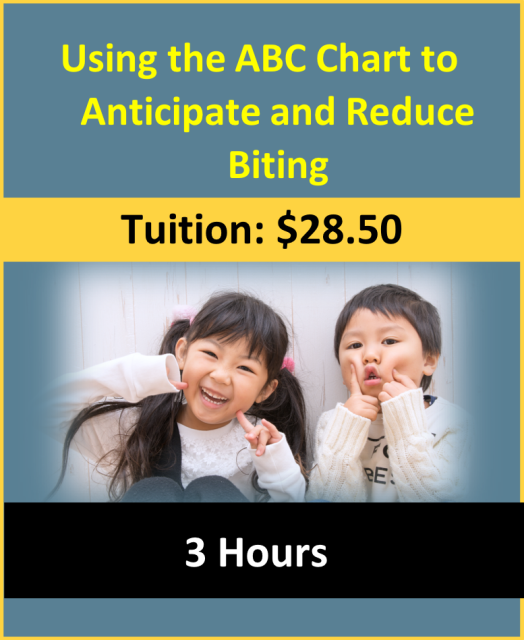Walk the Plank
Lesson Plan:
|
Activity:
Walk the Plank
Lesson plan developed by Ms. Erika Geelhoed, BA Ed
Age Group:
* Lesson plan objective and assessment can be adapted to use this activity with preschoolers.
Objectives:
Children will:
|
|
II.4.4a
Materials:
|
Procedure:
- Prepare for activity by creating the plank.
- Use the paint or marker to write “Walk the Plank” along the piece of wood.
- Allow to dry and place the plank on a flat surface.
- Show the children how to walk across the wood.
- Invite the children to walk with you until they are comfortable walking alone.
Assessment:
- Take anecdotal notes of the children’s gross motor skills during the activity. Were they able to get all the way across the beam without falling off? How many times did it take? Place the notes and accompanying pictures in the children’s portfolio as documentation.
Note: Please provide appropriate supervision to the children in your care when completing all activities. You will need to decide what types of activities are safe for the children in your care. Appropriate and reasonable caution should be used when providing art and sensory experiences for children. Toddlers require special caution, only use non-toxic materials, and do not allow toddlers to put things in their mouths that are a choking hazard.
Click on the course icon for enrollment information.
Invitations for Learning

Invitations provide an appealing way to present an opportunity for children to explore materials. A teacher usually plans an invitation in response to children’s interests or to extend previous learning. An ‘invitation to learning’ may also be prepared to introduce new concepts, words or skills. A teacher may want to use an invitation to introduce a new book by combining it with related materials.
Infant invitations may include:
Toddler invitations may include:
A caution when providing invitations for very young children is that they learn through oral experiences by putting objects in their mouth. For this reason, it is necessary to ensure that children are carefully supervised and that materials are nontoxic and are not choking hazards. In addition, care should always be taken when children are in near water.
Infant invitations may include:
- A water table with warm water and some sink/float materials
- A large box to climb in and out of
- A blanket on the floor with materials hanging above it so babies can touch and move them
- Blocks with various textures
- Balls of various sizes and textures
Toddler invitations may include:
- Balls and clear tubing
- Pussy willows, pine cones and cattails
- Water table with some clear containers to pour and scoop with
- Selection of blocks and a book with pictures of buildings
- Rubber boots and a puddle
- Clear flexible tubing and funnels attached to the fence
A caution when providing invitations for very young children is that they learn through oral experiences by putting objects in their mouth. For this reason, it is necessary to ensure that children are carefully supervised and that materials are nontoxic and are not choking hazards. In addition, care should always be taken when children are in near water.







